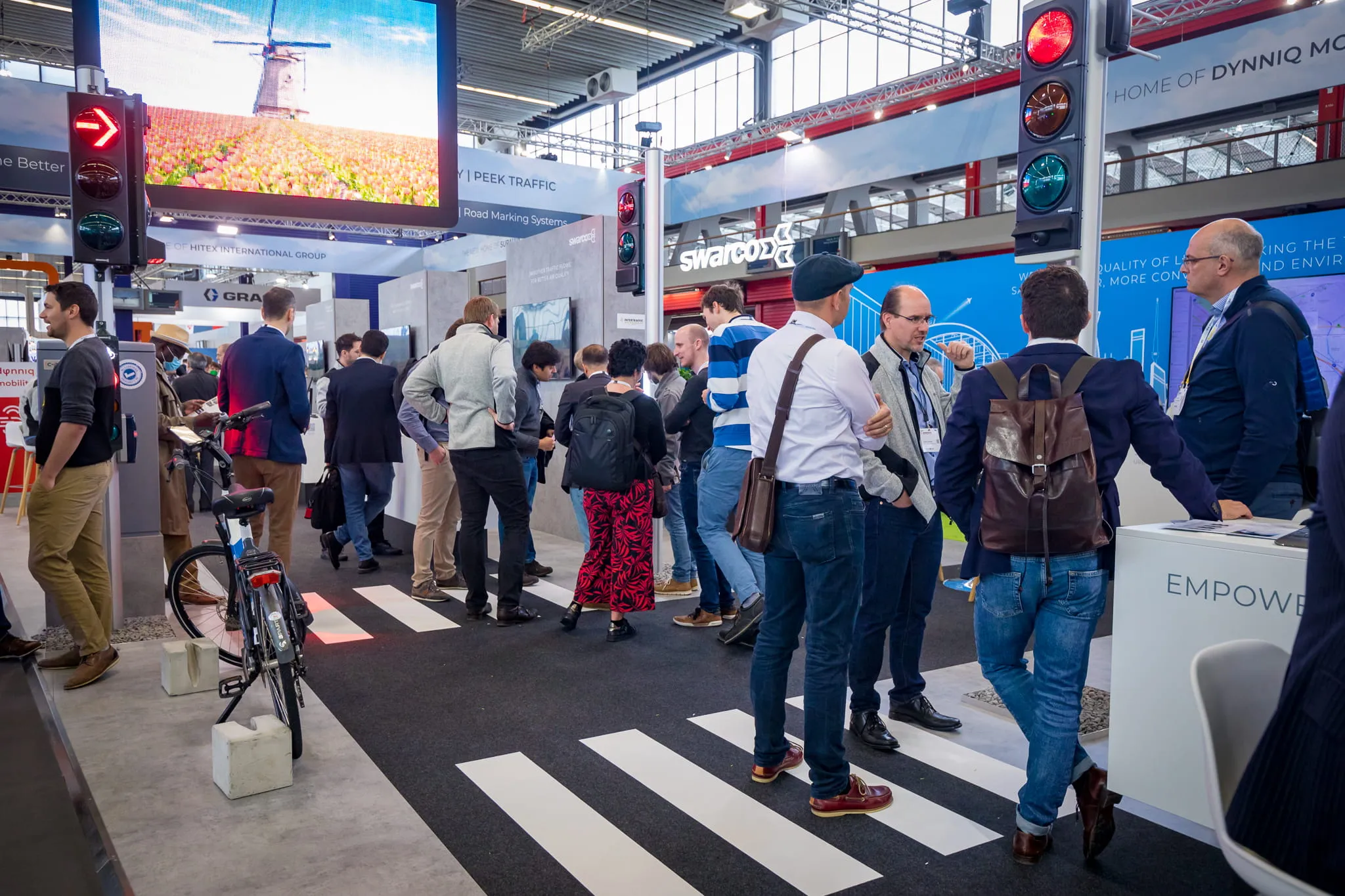By the time this 19th ITS World Congress officially ends on Friday with Plenary Session III and the Closing Ceremony, over 1,000 presentations will be have been made through the huge programme of sessions - Executive, Special Interest, Technical/Scientific, and Interactive sessions. However, it is the three plenary sessions that will encapsulate this whole event and its legacy.
The theme of the year’s ITS World Congress is ‘smarter on the way’. The stated aim is that all citizens and businesses have at all times access to, and can benefit from, the most reliable, efficient and widespread intelligent mobility solutions.
And if the defining phrase of this event is ‘smarter on the way’, the single defining word must be ‘connected’ - linking technology components to complex systems to enable intelligence within vehicles and transportation infrastructure. Connected systems are the future for transport, providing the ability to respond to the complexity of managing multimodal traffic systems and providing users with the quality and variety of services necessary to match their mobility demands. And it is through connectivity that other pressing transport needs will be realised, such as safety and sustainability.
Yesterday’s Opening Ceremony and Plenary Session I - Smarter on the way: today’s achievements, tomorrow’s ambitions – set the tone of everything that will happen this week.
Political and business leaders described how intelligent transport solutions are shaping today’s transport system and its operations, while addressing users’ needs in terms of connectivity, reliability, safety, security and comfort. The Plenary also discussed ambitions for seamless and integrated transport, and explored how to bring even more intelligence to transport systems to cope with a future where it will not be possible to deal with increasing transport demand and persistent challenges to safety and sustainability just by more network construction or a business-as-usual approach.
The smarter and connected theme of this Congress will be the subject of this morning’s Plenary Session II - Converging technologies – converging mobility, which is being held in the Strauss Hall from 9.00 until 10.30.
Although it may seem that mobile and Internet technologies are developing rapidly while transport systems only improve slowly, these two domains have started to converge and this is already bearing fruit. This session will present the state of the art in ITS communications and future Internet technologies, showing how these converge towards the Internets of Things, People and Services. Cloud computing can make physical infrastructure virtual, breaking down boundaries between systems and thus between organisations too.
Of course, the essence of ITS is the mobility of people, vehicles and goods, and new mobile technologies will stimulate the growth of new types of ITS applications and services, based on pervasive connectivity and information.
This session will explore the outlook for creating widespread deployment and a new mass market for cooperative mobility and advanced ITS. A distinguished international panel of speakers will address questions of ensuring user value and usability, sustainable business models, device and service interoperability and how to drive convergence amongst the many institutions, transport modes and data sources.
Conclusion Session, Plenary Session III and Closing Ceremony
On Friday at 13.30 during the conclusion session in the Strauss Room, Plenary Session III - Global connectivity revolution - will address the powerful global transformation which is taking place in our society and the implications that this revolution will have for future transport solutions. The session will examine global societal trends such as climate change, growing congestion, increasing urbanisation, an aging population, and review how the new connectivity paradigm and content and data explosion are redefining the role of the vehicle and of personal mobility. The distinguished speakers in the session will elaborate on both the benefits and the new challenges for transport generated by a growing number of connected vehicles and travellers.










